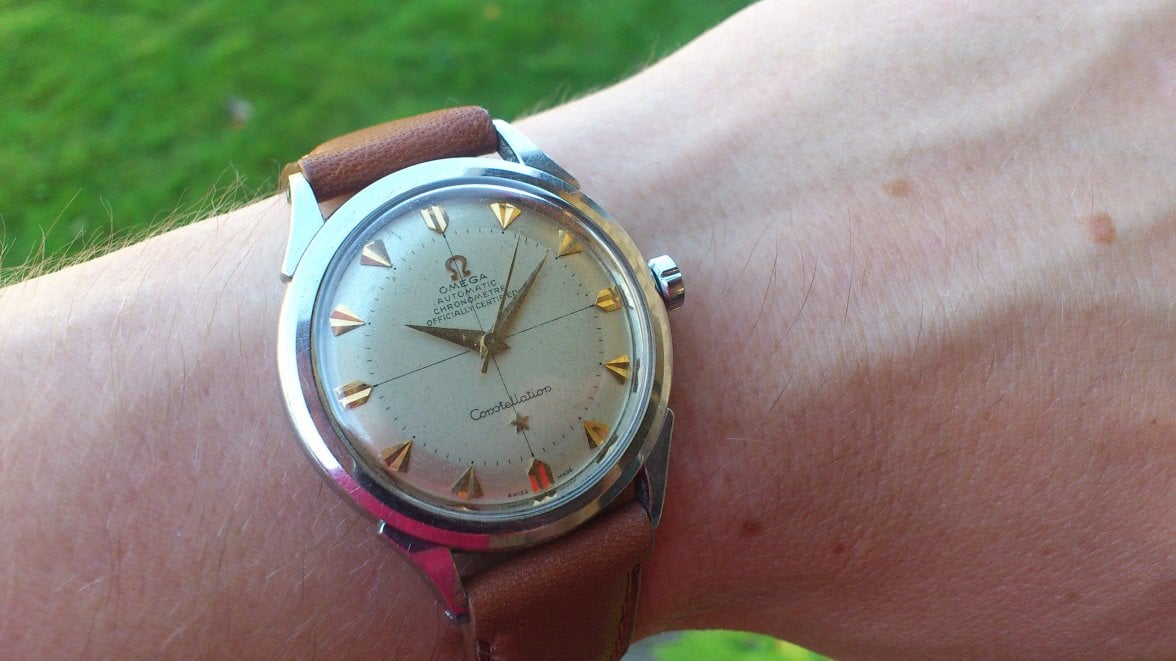Sturmvogel
·Hello,
Chronometer rated watches with 551/561 or 564 often achieve higher prices than non-chronometer 5xx watches. Is the main reason the chronometer movement or the more expensive features of the watch case/dial (like gold medaillon on the back cover of the Constellation)?
Or in other words, are these vintage chronometer movements still more accurate than a non-chronometer movement (assuming both have been well serviced)?
Just wondering. Maybe there is no definite answer to this, but I'd be interested what your thoughts are.
Cheers,
Roger
Chronometer rated watches with 551/561 or 564 often achieve higher prices than non-chronometer 5xx watches. Is the main reason the chronometer movement or the more expensive features of the watch case/dial (like gold medaillon on the back cover of the Constellation)?
Or in other words, are these vintage chronometer movements still more accurate than a non-chronometer movement (assuming both have been well serviced)?
Just wondering. Maybe there is no definite answer to this, but I'd be interested what your thoughts are.
Cheers,
Roger



